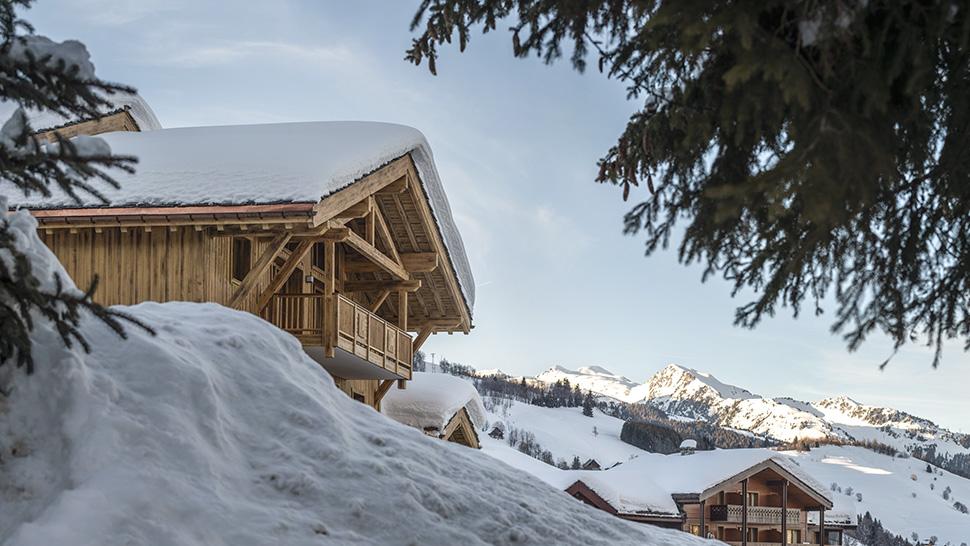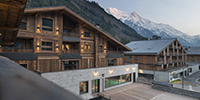RT 2012: What does it change?
At a time when conserving resources and protecting the environment are at the heart of everybody’s concerns, Réglementation Thermique (thermic regulation) 2012 creates a benchmark in construction while we wait for RE 2020 to come into effect. Find out what has changed for constructors and above all what it changes for you.

RT 2012: Low consumption, or nothing
Adopted on 12 July 2010, Réglementation Thermique 2012, like the previous versions RT 2000 and RT2005, is aimed at reducing greenhouse gas emissions and energy consumption in homes. Applicable to all new buildings built after 2013, whatever their purpose (residential, service or industrial), this regulation sets a consumption standard for ventilation, heating, lighting and domestic hot water appliances. The standard is adaptable according to the criteria for the geographical zone, such has the altitude. Since the environmental summit, RT 2012 has become the benchmark. Like the BBC 2005 label , its objective is to reduce energy consumption in new buildings by two thirds.
Constructors need to make every effort to meet its requirements: from very high performance doors and windows, to breaking thermic bridges and choosing high performance insulation to make buildings perfectly airtight and including the choice of low consumption appliances in all key areas.
When the construction work is completed, its level of conformity with RT 2012 is certified in a document, which may be drawn up by an architect, a diagnostician for houses, an inspection firm or a certification organisation. From the inspections carried out on site and on paper, it must approve:
-
The three requirements of the result of RT 2012 (bioclimatic needs, primary energy consumption, summer comfort)
-
And the consistency between the thermic study carried out and the constructed building by checking certain key points (energy production, the airtightness of the building, renewable energy, insulation)
* The kWhep (kilowatt/hour of primary energy), the unit of measurement used in thermic regulations, takes into account the energy needed to produce and transport electricity.
Good to know:
Other labels, such as the referential HQE, aimed at promoting eco-construction, the RGE label for energy economies, and the Qualipac qualification, dedicated to heat pumps have similar purposes.

Details of the related practical documents:



